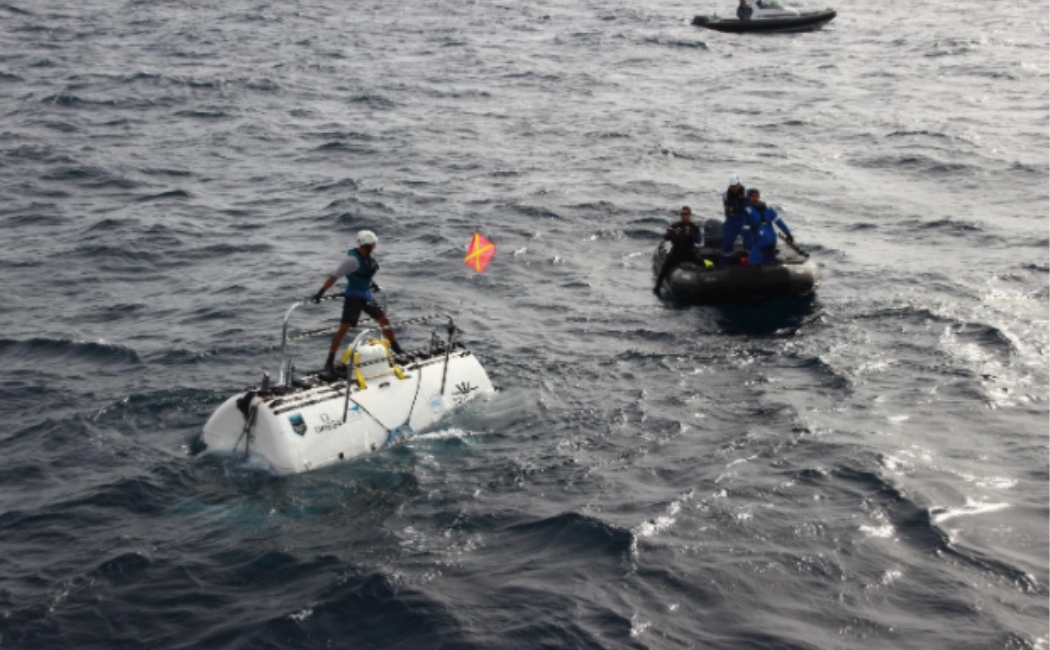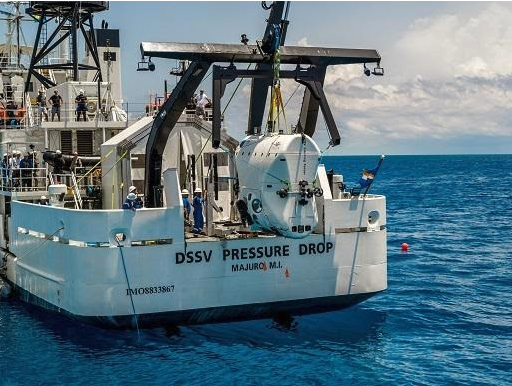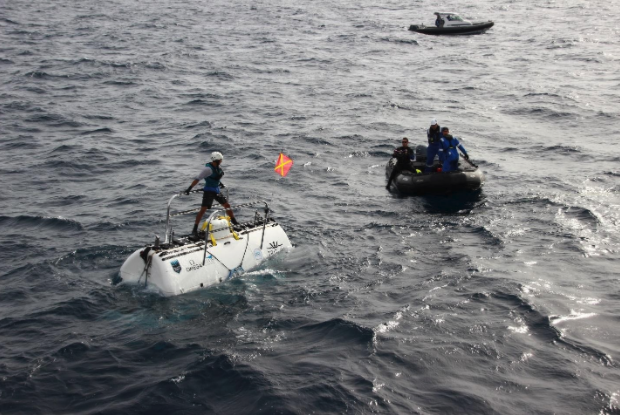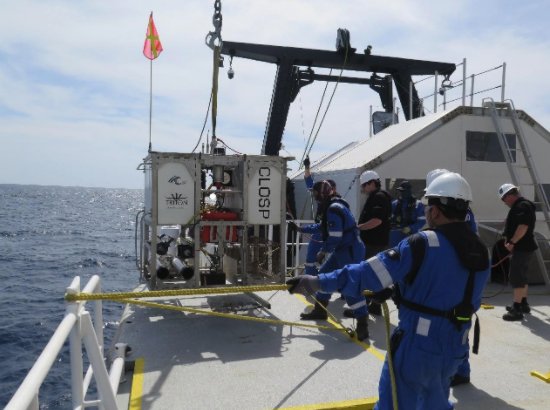
Caladan Oceanic and the 5 Deeps project in the Red Sea

Caladan Oceanic and the 5 Deeps project in the Red Sea
In February 2020 Kaust’s coastal and marine core lab team had the amazing opportunity to support and join Caladan Oceanic for manned submersible dives to the deepest parts of the Red Sea.
Caladan are best known for completing their historic world record beating achievement in reaching the deepest point of the world’s 5 oceans in 2019. A meeting of research vessel operators the same year led to an invitation to visit us here at KAUST and give KAUST researchers a rare chance to investigate the Red Sea’s deepest brine pools and extinct underwater volcanoes.
Hydrography played a key role in Caladan’s record breaking manned dives, as it needed trustworthy hydrographic survey data to back up verification of their manned diving depth records.

The DSSV pressure drop was fitted with a Kongsberg EM 124 deep water multibeam system which it used to collect and process bathymetry data on the sea bed in and around the brine pools enabling them to plan the deployments of their autonomous sea landers and plan the route the deep submergence vehicle Limiting Factor was to follow to explore the brine pools.


